A Chat with Rust’s Royden Lepp

A Chat with Rust’s Royden Lepp
I don’t know exactly how it happened, but a few years ago I arrived. I came to a place in my love for comics where I was compelled to share my passion for the medium with others. So I began my hunt for comics that anyone could read, meaning, they stand on their own. No previous user experience required!
One of my favorite discoveries to recommend to the “new reader” has been the graphic novel series Rust from writer/artist Royden Lepp, published by Archaia (now a division of BOOM! Studios). It follows the story of the mysterious Jet Jones, a kid with a rocket pack who suddenly appears on a family farm in an alternate version of the early 20th century. It is an exquisitely drawn comic about fathers, sons, war and peace. Serious, yet playful, it is drop-your-jaw beautiful and poignant. And this is essentially Lepp’s first comic, folks!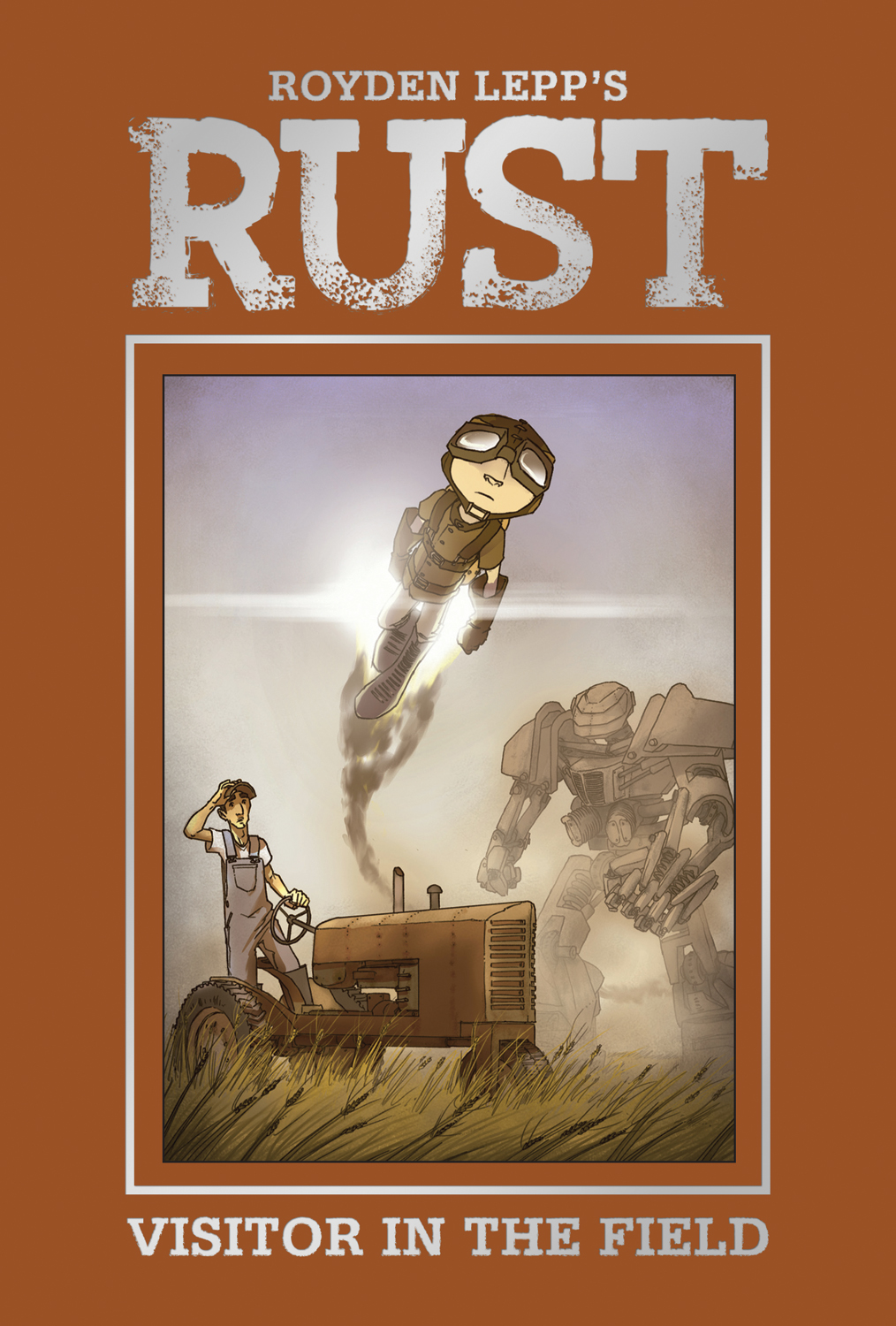
Royden Lepp was kind enough to spend some time chatting with me about the history of this project and the unique storytelling devices he uses to keep the actions and emotions moving with incredible momentum.
Matt: Royden, thanks for your time today! I’ve been a big fan of Rust for a while. I understand that Rust wasn’t always going to be a comic book. Why don’t you tell us where it all began?
Royden: Sure thing. Yeah, it started as a video game pitch. I work full time in the game industry, so that’s the medium it was first conceived in. After several years of it not getting a lot of traction, I decided to apply it to another medium. A comic was the most appropriate, and that’s how it began.
Matt: One of Jet Jones’ most identifiable traits is his ability to fly. You’ve also cited Spider-Man as a major childhood influence. What is it about “soaring through the sky” that intrigues you?
Royden: I think we all dream of the ability to fly. For Jet Jones, it’s not really a super power; it’s just a tool that he has. And drawing characters that fly, battles that take place in the sky at high speeds, those are fun scenes to draw and fun stories to read.
Matt: I think it is interesting that early on, when it began as a video game concept, you had Jet flying over an urban landscape. But for the comic, you brought him to a countryside farm. There’s something more interesting about the prairie location, more iconic. It brings to mind images from Richard Donner’s Superman.
Royden: And the prairie is where I grew up. So really I just took the concept and characters, and then tried to write about things I knew.
Matt: In the transition from video game to comic, and even between different publishers, how has Rust evolved the most? What changes surprised you?
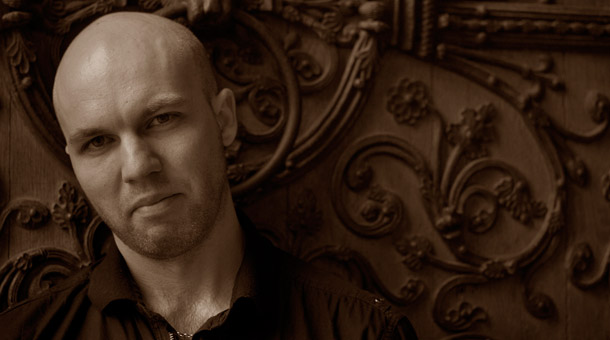
Royden: Rust evolved the most when it got into the hands of Archaia. Before then, the story was all there and it was essentially the same book. But Archaia really added that little extra push to make it something really special and timeless. They didn’t just say, “Yeah we’ll print this”. They wanted to help make it the best book it could be. It became something really special. It became a fresh story to me again.
Matt: You’re definitely in good hands with Archaia (who were recently acquired by BOOM! Studios). I attended a BOOM! Editors panel at NYCC in 2013, and I was impressed with the panel’s moderator, Rebecca Taylor. She edited Rust–can you share with us a bit about how she helped to shape the book?
Royden: Archaia is amazing. And BOOM! has been great as well. Rebecca Taylor is the reason that Rust is what it is. She made me care about the story again. She told me why she liked the book, what read well and what didn’t. She’s my number one fan and she reads everything I write first. Sometimes I agree with her, sometimes I don’t, and I’m comfortable in both instances. I can’t give her enough praise; great editors like her are overlooked daily.
Matt: People seem to really respond to the sepia tone in your book. What is more challenging, traditional coloring or using the muted sepia palette?
Royden: Sepia is essentially no different from grayscale. In fact, the book was done initially in grayscale, and then transferred. The challenge in grayscale is that you don’t get to signify certain things with color. How do you make a blue sky on a hot summer day? How do you paint a sunset in black and white? Those are the restrictions you work with, but on the opposite end, if you have access to all the colors on the wheel, it can be overwhelming. If I can do the sunset any way I want… well then which way is the right way? There are obstacles either way, but of course grayscale takes less time because there are fewer choices to make.
Matt: You have some other beautiful sketches and comics over at your website. Some are in the “Rust style” and others are in different forms. Who were your artistic influences growing up, and how much do you allow your style to change? Has it changed at all while working on Rust?
Royden: I really enjoy dabbling in other styles as much as possible. It’s a refreshing break from something like Rust, which I work on for so many hours. When I take a break, I don’t want to draw Jet Jones again—I want to do something totally different. As far as art style influences, I won’t call out too many specifics. I don’t strictly follow particular artists. I’m often inspired by a single image, and then I go away and create something and forget where the first spark of inspiration came from. There are so many artists I love; I won’t name them for fear of forgetting some (as I’ve done in the past). I’ve tried not to change my style in Rust. I have improved as an artist, which is fortunate for me, but unfortunate for the flow of the book.
Matt: I have to say, you have quite the ear for dialogue. It is very naturalistic. Do you feel more like an artist or a writer?
Royden: I believe I’m both. [But] I haven’t always. I’ve often leaned on my art before my writing, but now I’ve come to accept the fact that I’m both. As a writer, I require a lot of quality editing to help me communicate. As an artist, I don’t prefer to be edited or overly supported.
Matt: Would you ever write a script that you would pass off to another artist? Or vice versa?
Royden: I could see writing a script for another artist. That would be fun. But at this point in my journey, I can’t picture drawing another writer’s script. The only thing that keeps me chained to my desk, drawing every week for hours, is the passion of telling my story. Telling someone else’s story doesn’t drive me the same way. But who knows what the future holds.
Matt: One of the hallmarks of the Rust series is your attention to pacing, which lends a very cinematic feel. What is your process for establishing the right “speed” at which a scene should play out?
Royden: The answer to that is truly “gut”. I really just go with my gut from panel to panel. I’ve learned along the way. When I look back on my stories, sometimes I’ve used a [few] too many panels, sometimes not enough, but it’s simply instinctual for me now. That answer can sometimes sound arrogant, as though I’m saying, “Oh I’m naturally good.” That’s not true. I was trained by cinema, and I was trained by comics, and of course trained in film school. When I sit down to draw, I just go with my gut and hope it works. When it doesn’t, I fall back to the “rules”.
Matt: Another thing I’ve noticed in Rust is the lack of textual sound effects! I think it is a great decision, but before I give you my own interpretation, what was your thinking behind this?
Royden: Heh. Yeah. I’ll just come out and say it: sound effects are my pet peeve. It’s not that I don’t think they should ever be used; it’s just that I’ve accepted the fact that comics are missing the element of sound and music. Covering up a huge full-page panel drawing of an epic explosion with the text “Kra-Koom!!” doesn’t just take me out of the moment; it inhibits the storytelling for me. It’s not that way for everyone, but for me I think it looks strange and silly. It’s an obstacle. Sometimes I want to be able to show sound effects so the story is clear, but I never want to show it bad enough to regret my decision. You… the reader… have a great imagination. I bet you could imagine a sound better then “kra-koom”. I’ve given you the visuals, the motion, the emotion. The sounds and the music are up to you.
Matt: That’s exactly what I was thinking! It is like how in some of the scarier horror movies, they really shy away from showing the really terrible stuff. What you concoct in your head is always better.
Royden: Sometimes less is more.
Matt: At the end of volume 2, I’m really glad you added in the Free Comic Book Day (FCBD) original short, as it added a lot to the story. For all our aspiring creators out there, can you talk a bit about the FCBD process and how you think it has impacted the size of your readership?
Royden: FCBD is one of the coolest events in the comic industry. This is the first Saturday in May each year, when there are lines that wrap around the block for a local comic shop. It’s the coolest thing. Archaia has always jumped into that event with both feet. A couple years ago, they did a hardcover that was given away for free. A hardcover! How cool. And that event’s really because of the retailers, they make it happen. I think last year year’s Archaia FCBD book reached almost 250k people…people [who were seeing] Rust for the first time. So yeah…it has a huge impact.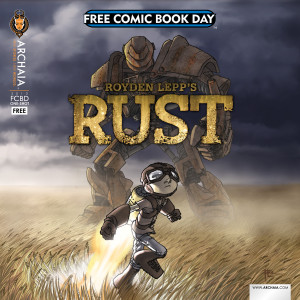
Matt: I would be remiss not to ask you a bit about your deal with 20th Century Fox! Congratulations! Obviously you can’t comment on casting or the development, but whatever you can share with us would be great. Maybe you could start by telling us what sort of expectations you had going into it?
Royden: Thanks! The movie stuff has been great. Fox is super excited about Rust and they’re working hard to get it to the screen. We’ve had such an amazing team of people working on it. It’s hard to imagine a better group of people pushing this project forward. I can’t talk about where it’s at, but it’s still moving which is a great thing. I had a lot of negative expectations of Hollywood. So far, my experience has been incredibly positive.
Matt: So set us up for Vol 3! What kind of themes can we see explored in this penultimate volume?
Royden: Volume 3 is my favorite of the series so far. [There] are some really key scenes that are so important to the characters and the Story. It was a hard book to write, because I wrote half of it almost 7 years ago, and the rest of it this year. So it was hard to know what to keep and what to toss. In the end it really worked well, and again I’ll thank Rebecca for that.
Matt: After Rust is told in its entirety, are there any other comics you have in your head? Obviously you have a lot of passions. Thinking about moving on to any other mediums?
Royden: I have a couple other stories I’d love to tell in comics, but it’ll be a few years before I have the freedom to tackle them. I would love to dabble in film some more. I’ve always had an affinity for children’s books. We’ll see. I gotta get this Rust series in the bag and then I’ll decide what to do next.
Matt: I saw you post a picture of a Jet Jones cosplayer. That must have been surreal! Can you talk about that or any other crazy moments since your books have been coming out?
Royden: That was definitely one of the big ones. I wasn’t actually able to meet the cosplayer myself; he was at Comikaze in LA. But seeing photos [of him was] mind blowing. The book has brought on so many crazy stories; I don’t know where to begin. Through the movie option deal, I got to meet Stan Lee at a party; he turned to his significant other and said to her, “Dear, this is what a graphic novelist looks like.”
Matt: Thanks for your time! Any closing thoughts or words of wisdom to impart to your aspiring creators out there?
Royden: Thanks Matt! It was fun. My advice to aspiring creators is this: we’re telling stories to bring delight and pleasure to our friends or neighbors or strangers. If one single person thanks you for your work, then it has achieved its purpose.
Matt: Wonderful Royden! Best of luck on Volume 3, the film adaptation, and all your future projects!
In addition to interviewing creators and reviewing comics, Matt likes to write comics of his own, including prose short stories and novels. He is based in New York, where he lives with his beautiful wife and (soon-to-be) bouncing baby.
Article/interview is © 2013 Matt Kelly. All rights reserved.
Rust is TM and © 2013 Royden Lepp. All rights reserved.
Superman is TM and © 2013 DC Comics. All rights reserved.


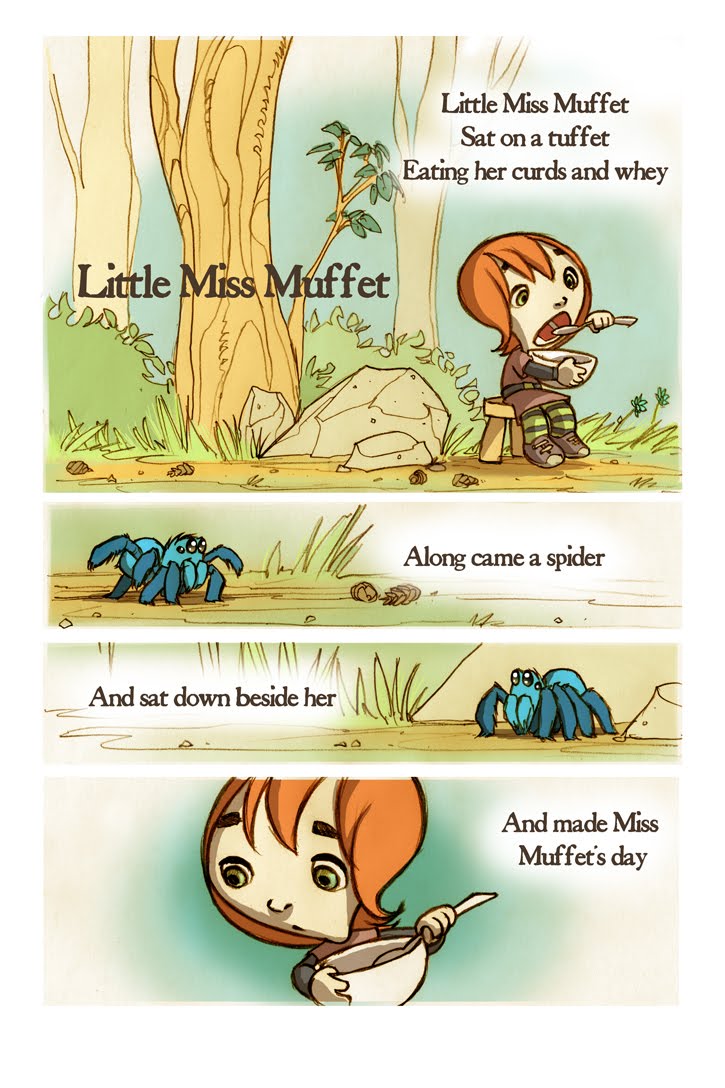
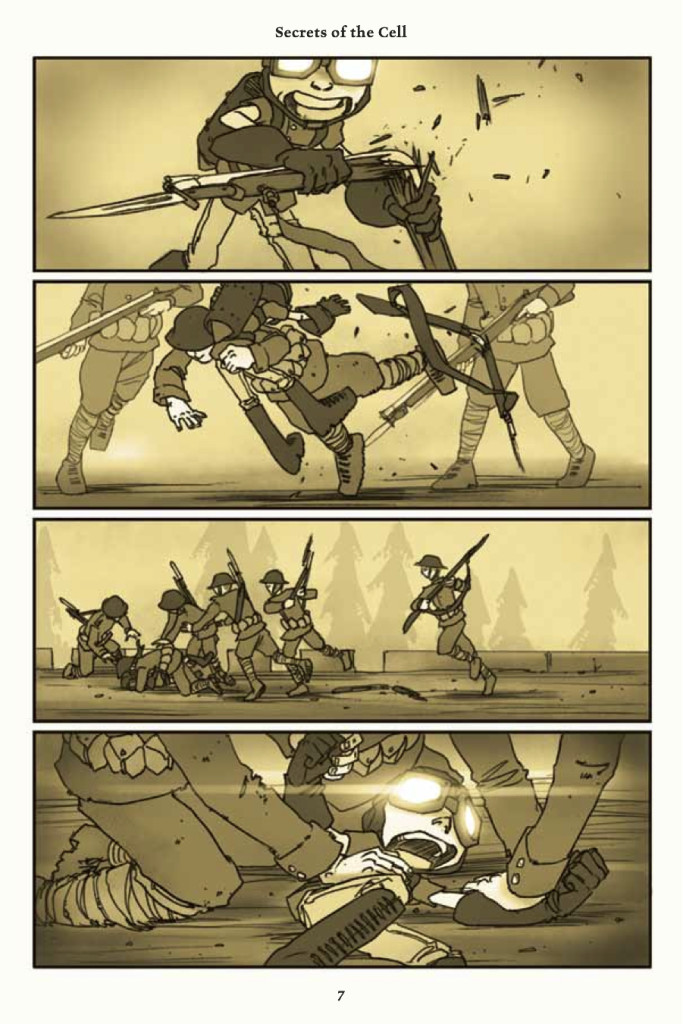
Leave a Reply